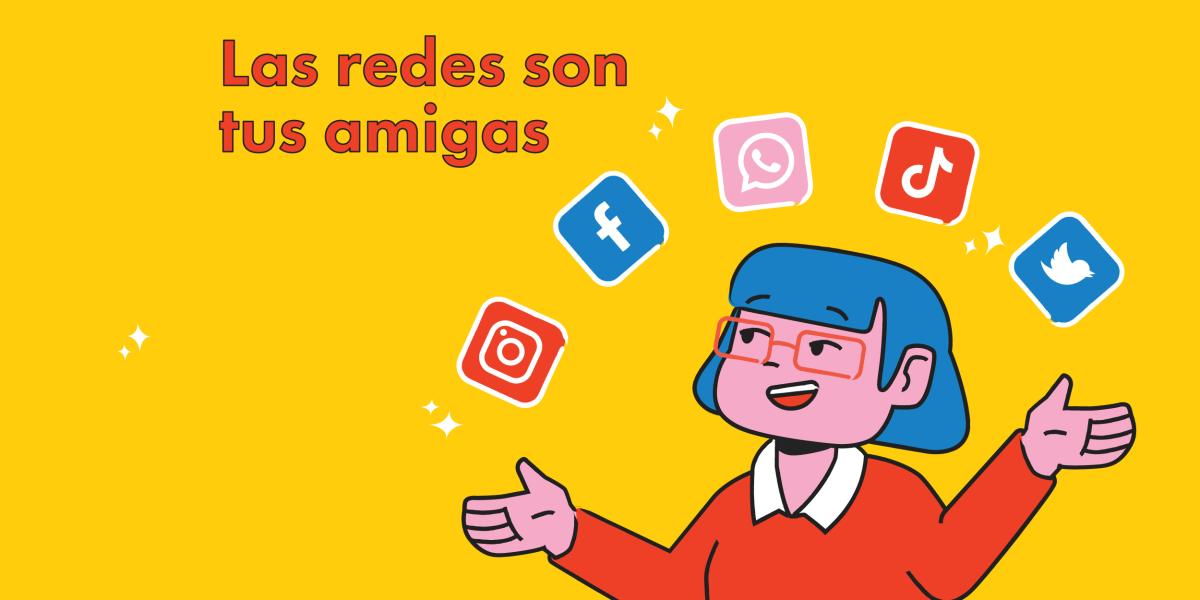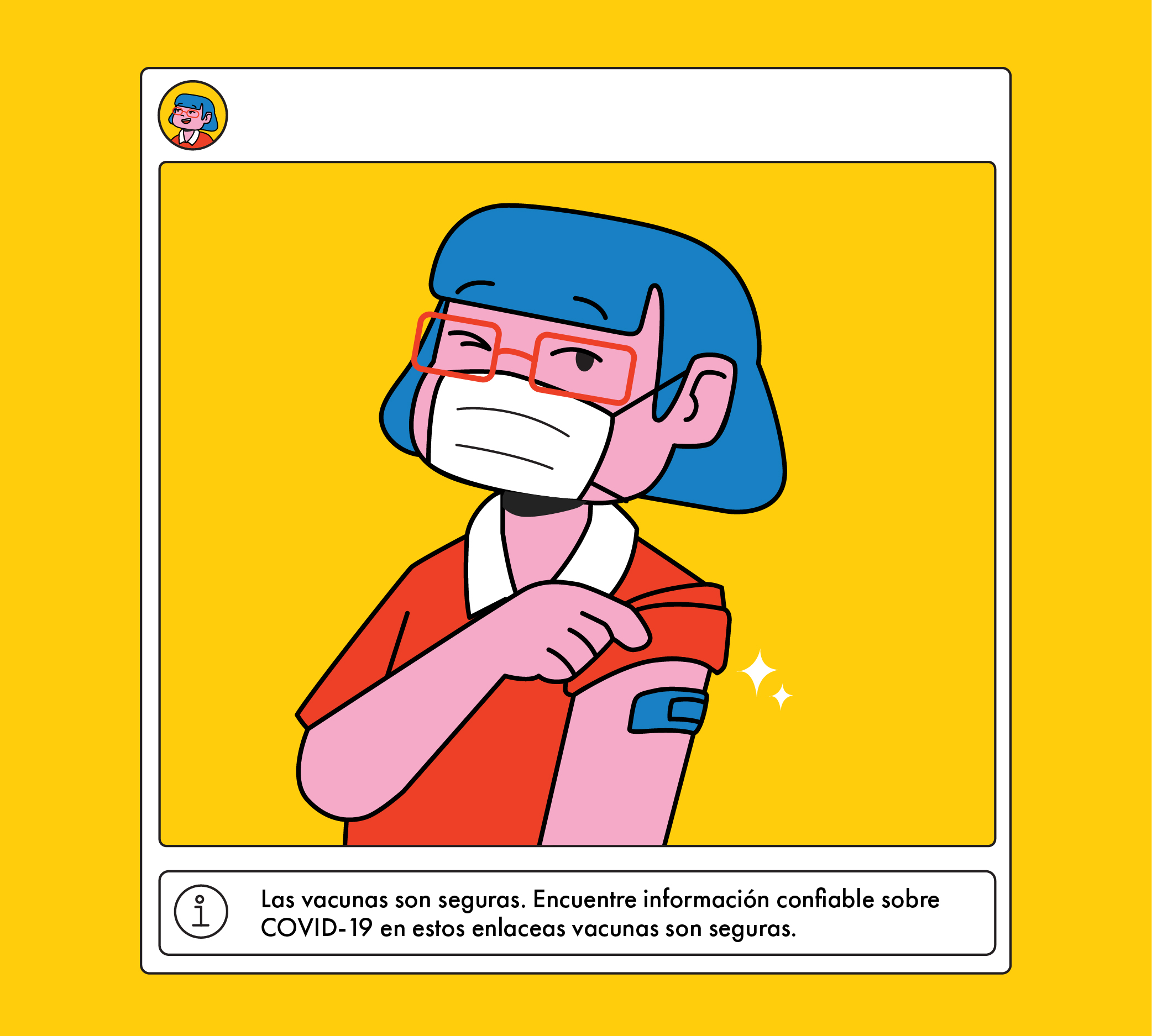
Digital Platforms Have Tools That Help Us Identify the Type Content
We talk a lot about misinformation and the risks of believing what we see online. The outlook can be daunting, but there is good news. Different platforms have taken steps to help guide us and help our friends and family identify risky information.
Here are five key features:
1. Forwarded many times.
WhatsApp added an automatic note that is added to messages that go viral. This hint gives you a clue that the message was not created by the person who is sending it to you, and that they probably don't know the person who originally sent it. Search online for additional information on the subject, you might find that the message has already been disproved or that it is not original from your country.

2. Health and COVID alerts.
Maybe you've seen someone post a photo on Facebook saying they went out to get vaccinated and the network automatically includes a message recommending reliable sites to find out about the virus. Maybe your friend's photo doesn't include misinformation, but there are many messages circulating that question the efficacy of vaccines or the severity of the pandemic. These reminders are there to help you visit sources of safer information. If in doubt, visit the linked sites.

3. This photo has a filter.
It's not so easy to trust a person you meet on social media anymore, as manipulating photos is really common. However, Instagram has started to put a warning under photos that have been heavily edited. Look for the sign right under the photo - don't let anyone fool you!

4. Google offers you a section dedicated to contrast information.
Google, being one of the most used search engines in the world, has recently started to incorporate verification tools and tips to protect yourself when browsing. Here you will find a blog with general recommendations and, in addition, they introduced the Fact Checker Explorer, a page specially designed to corroborate information on potentially dangerous topics.
Try it out here: Fact Check Tools (google.com)
5. TikTok creates content to learn how to detect fake news.
The platform teamed up with content creators in Latin America to create content that alerts on how to detect hoaxes and fake news. Follow them at https://www.tiktok.com/@tiktokseguridad